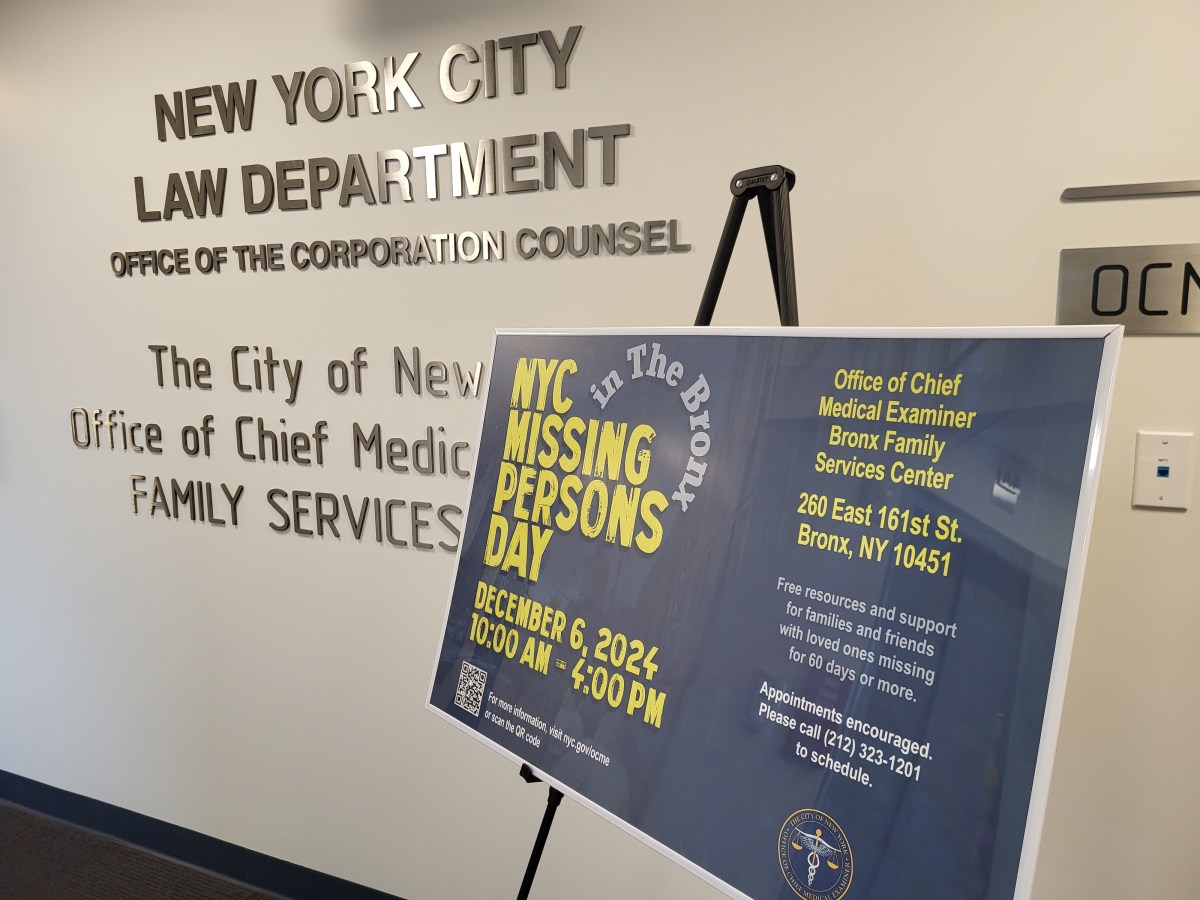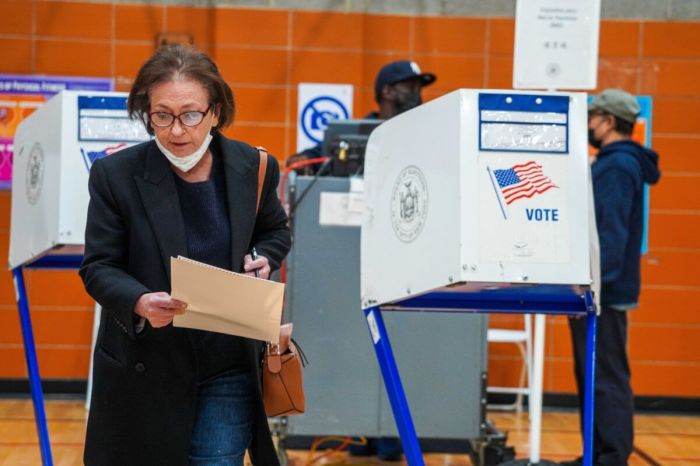Ben Catalfo finally gets an A+ for perseverance in the pursuit of fairness. The state Education Department caved last week and will give all students credit for a question on the 2017 Geometry Regents exam that Catalfo, a 16-year-old from Long Island, challenged. It’s the state Education Department that earned a failing grade. At least three questions on the 36-problem geometry exam were flawed.
In the distrust of the Education Department that came after the botched Common Core rollout and state standardized tests, the Regents exams got a pass. That fury focused on tests for third- through eighth-graders written by big corporations. In contrast, the Regents exams, written by New York teachers, were treated as trustworthy. Now, even those are under fire from officials and parents questioning the testing and graduation system in New York.
- How does a geometry exam, created and reviewed by a committee of New York geometry teachers, have at least 8 percent of its questions wrong?
- Why does the state continue to maintain that it adheres to a 100-point system on Regents exams? For the June 2017 Geometry Regents, students had to earn 34 of a possible 86 points to get a passing 65. But that’s 40 percent.
Why has the passage rate statewide increased from 63 percent in 2014-2015 to 72 percent last year on the Algebra 1 Regents, while the raw score needed to pass declined?
Should the students instead be tested with national exams like the ACT or SAT, to be assured they meet broadly accepted standards? Studies show having all students take an ACT or SAT significantly increases college enrollment among low-income and minority students.
The problem with the Geometry Regents this year is alarming, but the need to address the overall Regents exam system is bigger. State officials say a review is ongoing. Much of their focus seems to be on finding ways to loosen the standards, and get diplomas in more hands.
What’s needed, though, is an overhaul of tests and standards to assure we are fairly evaluating students, and that the diplomas and scores they are handed truly mean the students are ready for life after high school.






































